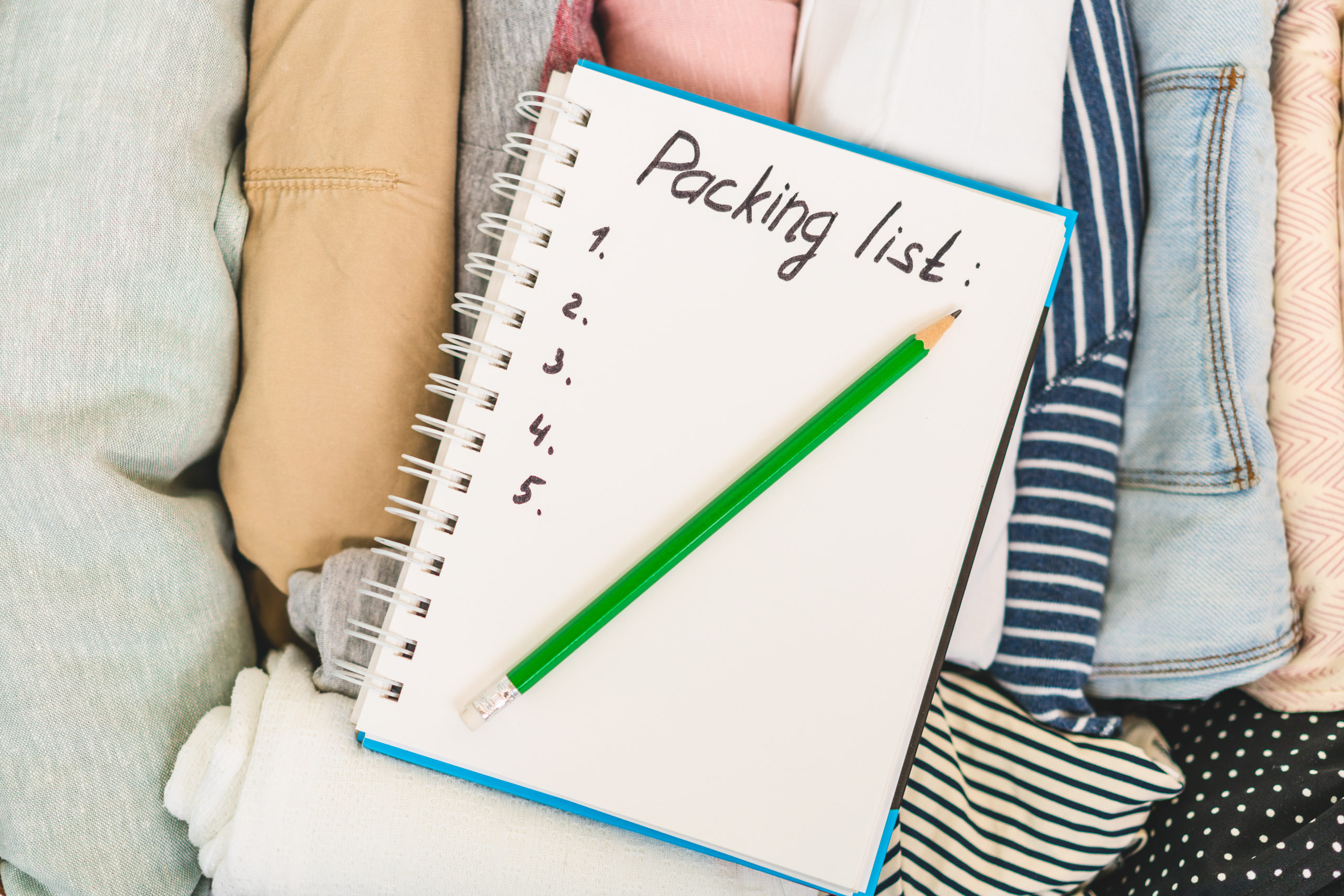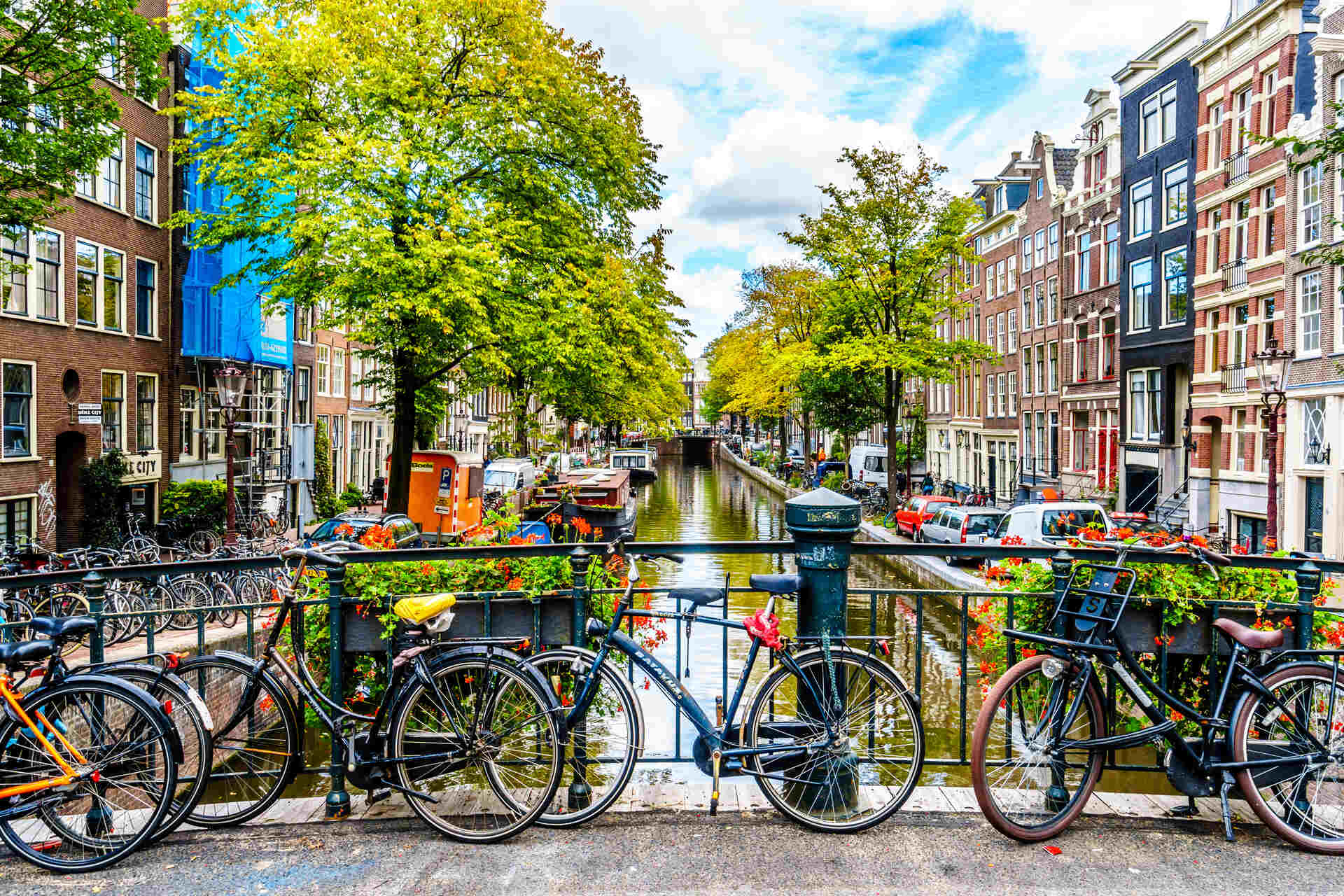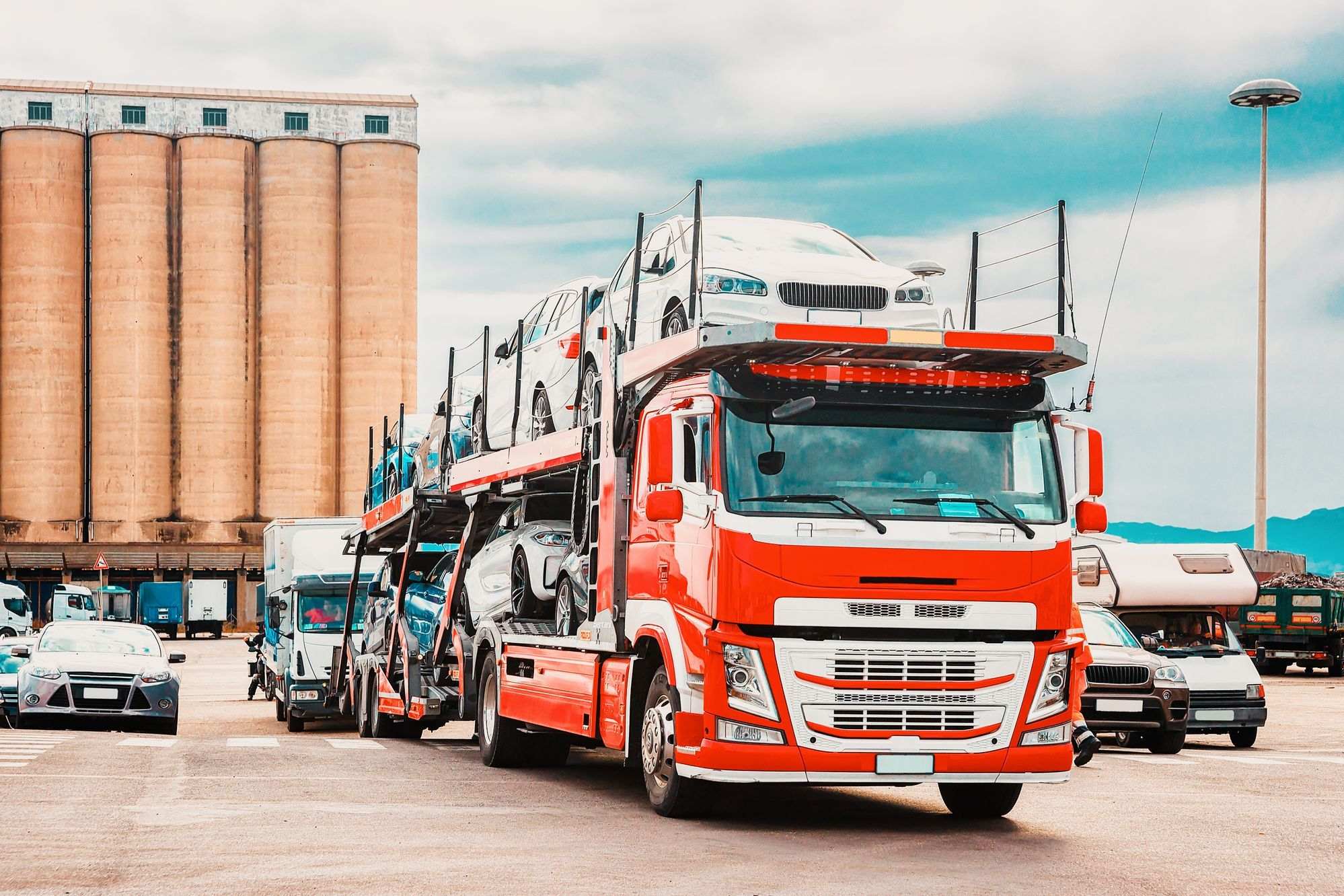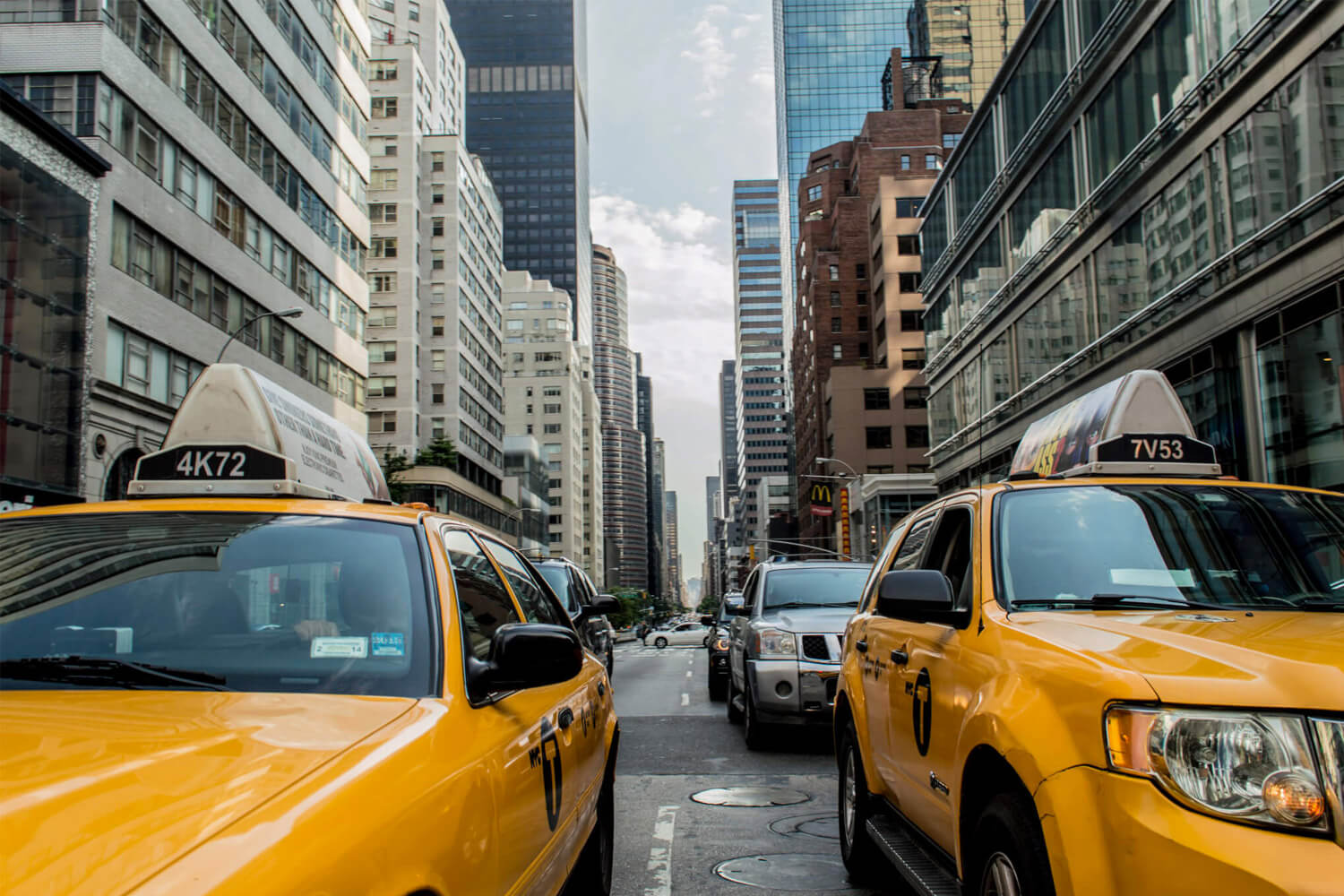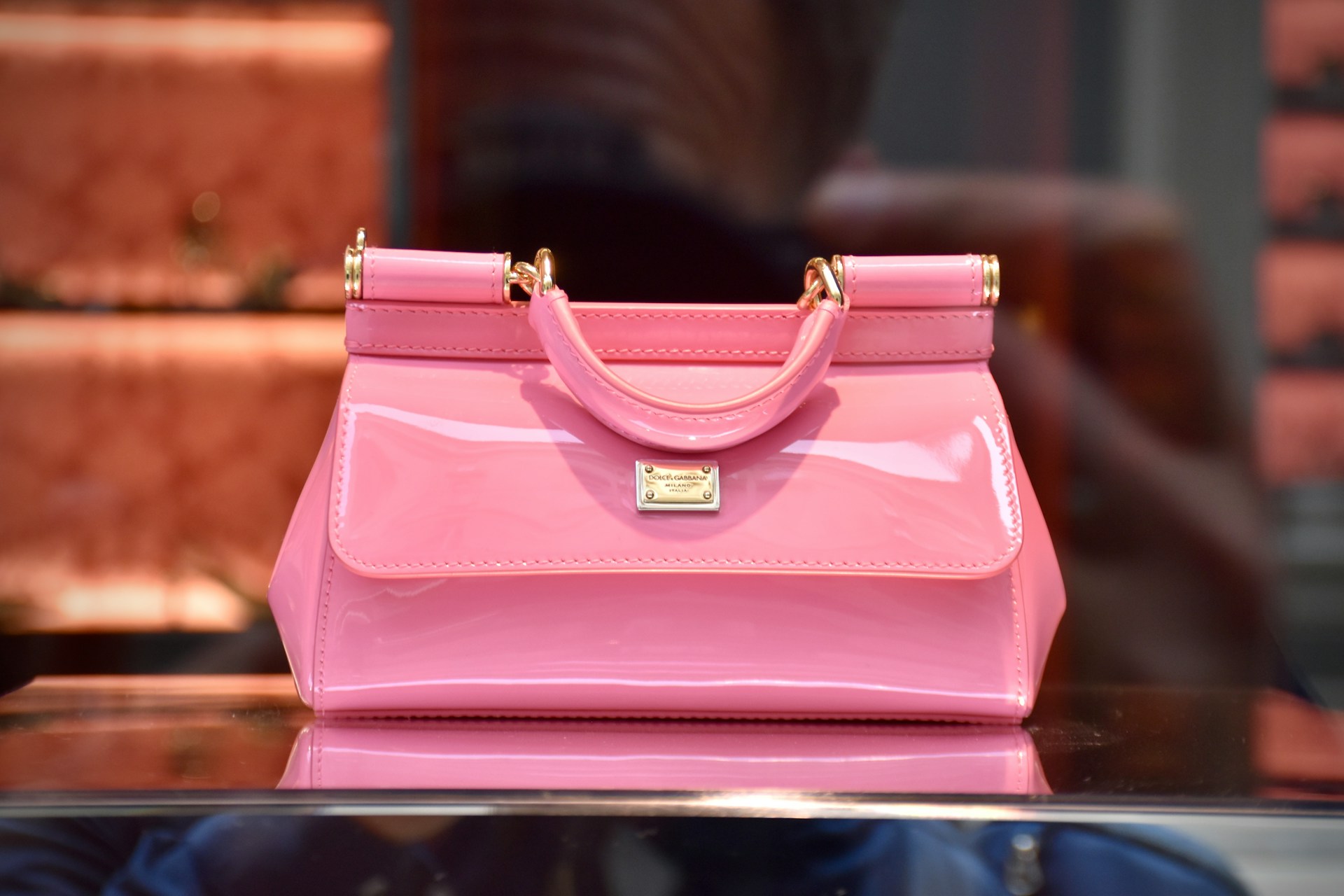

Whether it’s your everyday purse or a luxury designer clutch, your bags deserve to travel abroad in style – even if they’re packed away. But how to pack purses for moving? You can’t just toss them in a box and hope for the best! With a little care, they can make it to your new destination without a scuff in sight. Luckily, all you have to do is follow our hacks – so let’s get those bags ready for the trip!
How to Pack Purses for Moving Overseas?
Start by cleaning and conditioning each bag to prevent dirt buildup or cracking, especially for leather items. Use tissue paper or soft fabric to stuff handbags and help them maintain their shape, then wrap them in protective layers like bubble wrap or cloth. Place the handbags in sturdy boxes, making sure to layer them carefully and fill any empty spaces to prevent shifting. Label the boxes clearly for customs and keep an inventory for easy tracking. Take all of the mentioned steps, and your bags will be able to withstand the rigors that come with relocation across the world.
Select the Right Packing Materials for International Moves
When preparing to move to another country, it’s essential to choose the appropriate packing materials. Bags, especially luxury or designer items, need careful consideration to avoid damage. In order to keep your collection of totes, clutches, and satchels protected during the long overseas journey, you’ll need:
- Boxes – for high-end leather handbags or delicate fabric pieces, consider water-resistant boxes,
- Bubble wrap – one of the best options for wrapping individual handbags,
- Packing paper – use it to stuff the inside of your bags, helping to maintain their shape and preventing creases,
- Packing peanuts or air pillows – they can placed in the box to fill any gaps, keeping your bags from shifting around during transit,
- Tape – it will ensure the boxes stay sealed tight, keeping your valuable handbags and other accessories safe as they travel across borders.
When to Use (And When to Avoid) Bubble Wrap
While bubble wrap is a versatile material, it’s not suitable for every type of purse or handbag material. It’s generally safe for most leather bags. It provides great cushioning and protects against scratches. Just make sure to use a soft cloth or tissue paper as a first layer before applying bubble wrap to avoid any potential imprints on the leather. Synthetic and nylon are also durable materials that can handle bubble wrap without any issues, making it a good option for everyday use bags.
However, for evening bags, embellished clutches, or vintage fabric purses, bubble wrap can sometimes be too abrasive. The plastic can snag on delicate materials, leading to damage. Instead, wrap these items in tissue paper or soft cotton before placing them in a padded bag or box. Additionally, bubble wrap can leave imprints on glossy surfaces, including patent leather. To avoid this, wrap these bags in tissue paper or a dust bag first, then use bubble wrap for external cushioning.
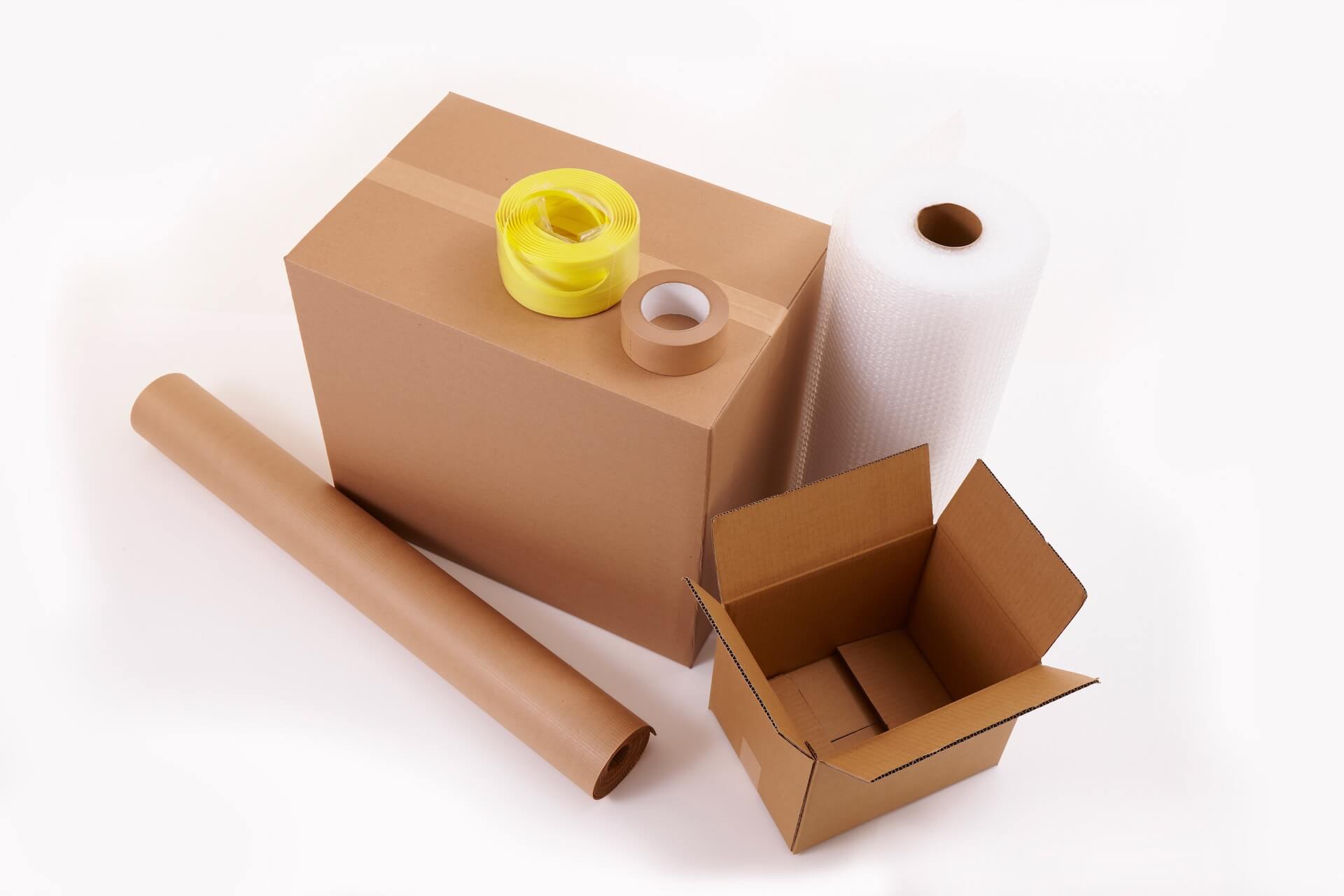
Prepare Each Purse for the Long Journey
Before you start packing, take time to clean and condition your bags, especially if they’re made of leather or other high-quality materials. Dirt and grime can set in during long trips. To keep the material supple and prevent cracks or fading, conditioning all of the bags should be on your moving abroad checklist.
For leather handbags, use a leather cleaner or a gentle soap to remove surface dirt. Follow up with a conditioner to keep the leather soft and moisturized throughout the move. Conditioning helps protect against drying and cracking, particularly when exposed to fluctuating temperatures or humidity. Therefore, don’t let it be one of the things you forget to do.
For fabric or synthetic bags, a gentle surface clean should be enough. Use a damp cloth or a specific cleaner for the fabric to wipe away dust and grime.
Be Mindful of the Purses’ Shape
To ensure that your handbags maintain their shape during the long journey, it’s crucial to stuff them correctly. This is especially important for soft, unstructured bags like hobo bags or slouchy totes, which can lose their shape without support.
For leather and structured handbags, use acid-free tissue paper or soft clothing to fill the inside of the bag. This helps maintain its form without putting too much pressure on the seams. Avoid using newspaper, as the ink can transfer onto the lining of the bag, leaving permanent marks.
For smaller handbags, such as clutches or evening bags, you can use bubble wrap or packing paper to keep them from collapsing. Just make sure not to overstuff, as this can stretch the material.
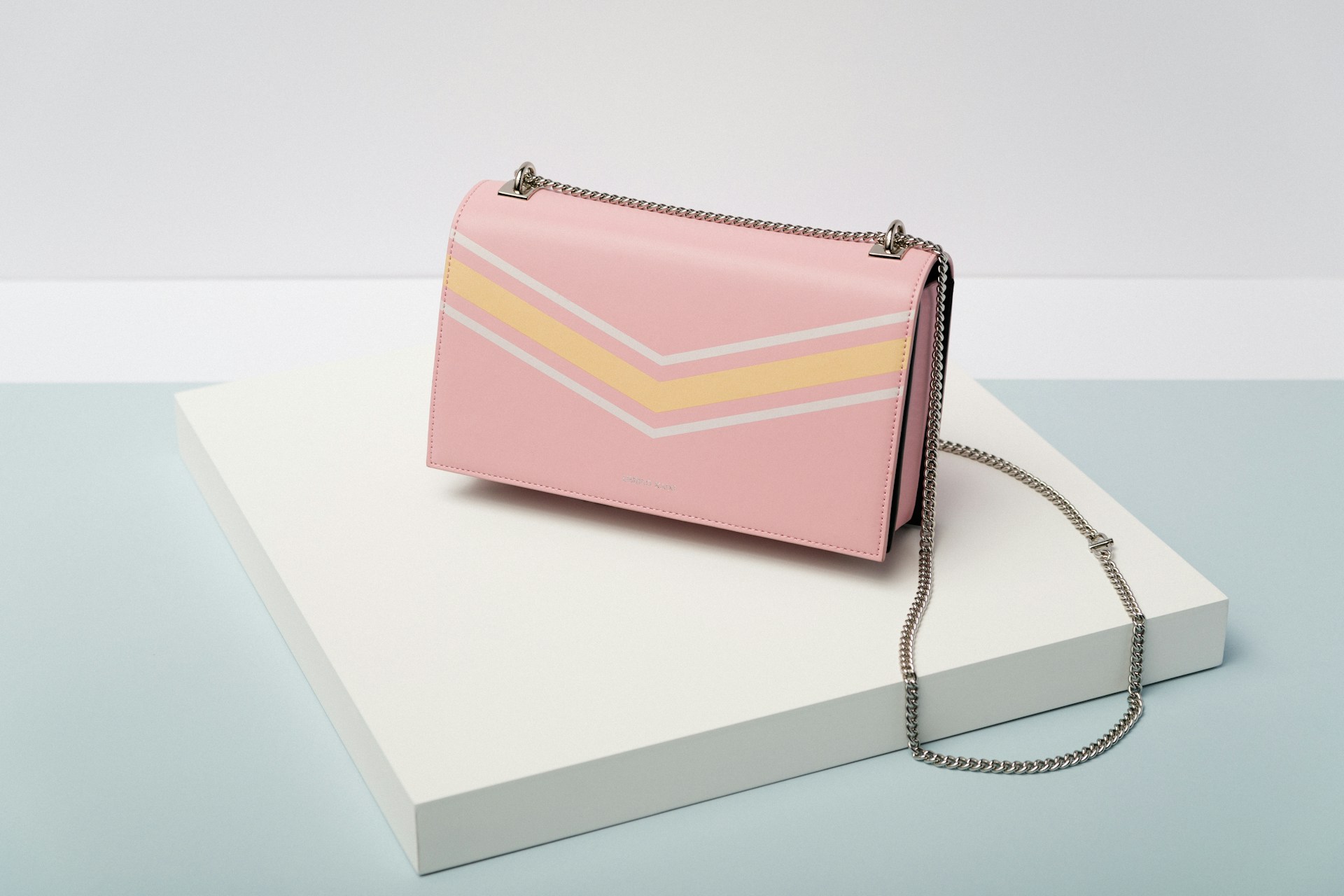
Use Proper Wrapping Techniques to Protect Each Piece
Whether you’re boxing up a simple tote or an elegant designer clutch, you’ll need the best handbag packaging ideas to ensure they stay protected throughout the journey.
Wrap the entire purse, ensuring it’s fully covered, with extra attention to the corners and edges where wear and tear are most likely to occur. If you’re packing smaller handbags like clutches or wallets, use smaller pieces of bubble wrap and double-wrap them for additional protection.
As we mentioned, for more delicate bags, such as those made of fabric or suede, you might want to opt for alternatives to bubble wrap, like soft cloth. It’s a more gentle option for fragile materials while still providing some cushioning. Regardless of the material, make sure each bag is securely wrapped before placing it in a box.
Designer purses or those made from particularly delicate materials need an extra level of care during boxing up. Start by placing the purse in its original dust bag if available, or use acid-free tissue paper to wrap it. This first layer will help protect against dust, dirt, and moisture.
Once the purse is wrapped in a protective inner layer, add a second layer of cushioning with bubble wrap, soft packing paper, or foam sheets. This additional layer helps absorb any shocks or impacts during transit, especially if the boxes are handled roughly.
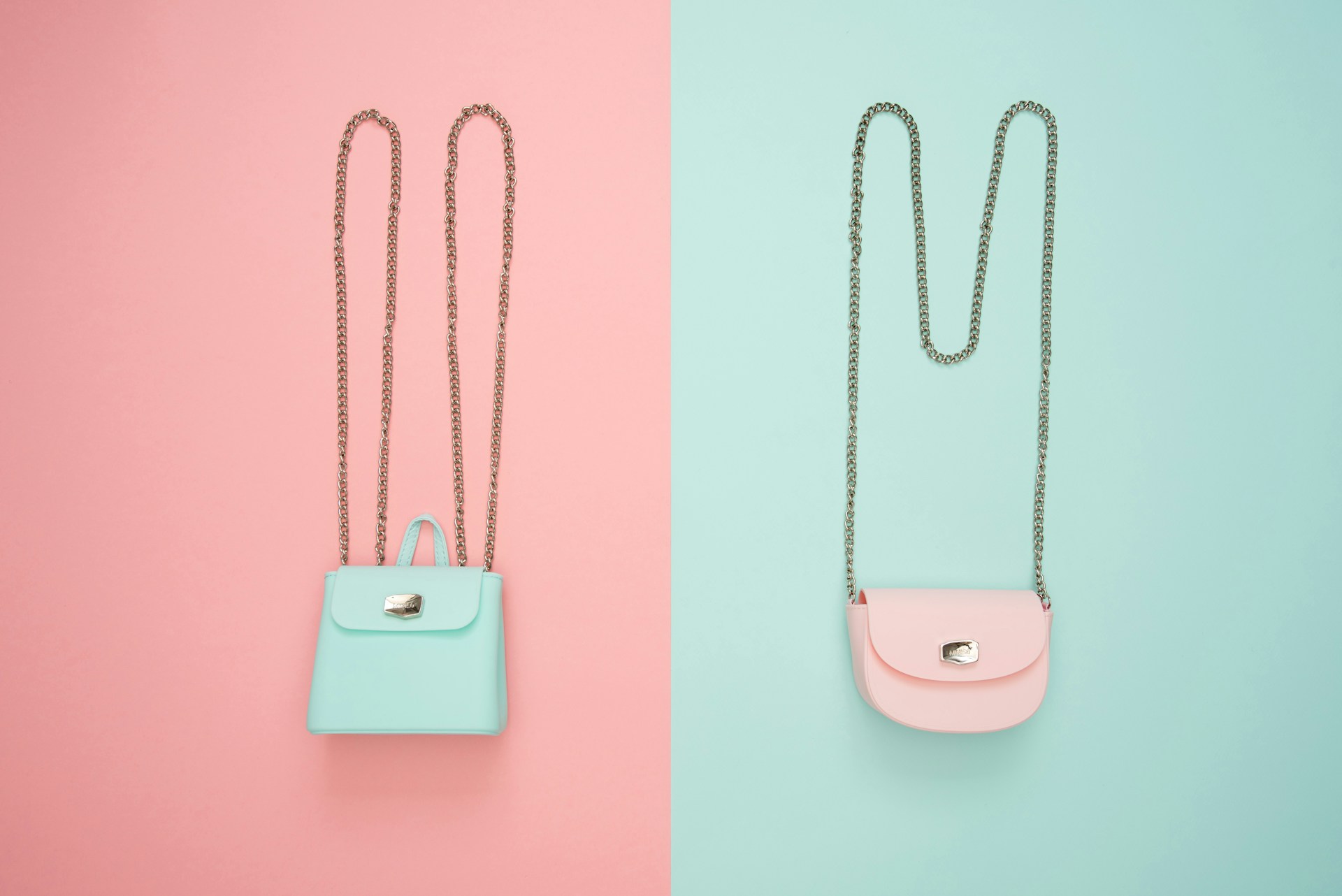
Secure Straps, Handles, and Hardware to Avoid Damage
These components can easily get twisted, tangled, or scratched if not properly secured. For bags with removable straps, take them off and pack them separately. Place the straps inside the purse or wrap them in tissue paper to prevent them from getting tangled or bent. For non-removable straps and handles, wrap them in bubble wrap or tissue paper to protect them from damage.
If your purse has metal hardware, such as buckles or clasps, take extra care to wrap those in soft materials. Metal can easily scratch the bag or other items in the same box. Wrapping them in tissue paper or bubble wrap prevents this and keeps your handbags looking brand new.
Pack Purses Carefully in Boxes
When boxing up multiple purses in the same box, the key is to layer them strategically. Start by placing the larger, sturdier bags at the bottom. These bags, often made of more durable materials, can handle the weight of lighter items placed on top. Be sure each purse is already wrapped in protective material to avoid direct contact between them. After this initial step, make sure to:
Create a Second Layer on the Top
Use padding, such as packing paper or air pillows, between the layers to add extra cushioning and prevent the purses from shifting during transit. This ensures that your handbags don’t press against each other and risk getting scratched or dented. For very delicate or expensive pieces, consider packing them individually in their own smaller boxes before placing them in the larger shipping box for added protection.
Fill Empty Spaces to Prevent Movement During Shipping
One of the most common causes of damage when moving abroad is movement inside the box. Purses that shift or slide around during transit can easily get scratched, bent, or lose their shape. To prevent this and secure a stress-free relocation, be sure to fill any empty spaces in the box with soft padding materials.
You can use packing peanuts, crumpled paper, or air pillows to fill gaps around the bags. This extra padding will keep them securely in place and absorb any shocks or vibrations during the journey.
Avoid Overpacking to Reduce Pressure on the Bags
While it might be tempting to fit as many items as possible into a box to save space, overpacking can put unnecessary pressure on your bags and lead to damage. Avoid the relocation mistake of cramming too many bags into one box, as this can cause them to lose their shape or even result in hardware getting bent or broken.
So, how to store purses when relocating overseas? Ensure that each piece has enough room to breathe inside the box. There should be enough space for the bags to sit comfortably without pressing against one another. If a box feels too full, it’s better to split the load and use an additional box.
Label Your Boxes for International Shipping
When moving internationally, it’s essential to use relocation labels. Include detailed information on each box, specifying what’s inside and marking it as “Fragile” if applicable. In some cases, customs authorities may need a brief description of the items inside for regulatory purposes. For your purses, you can label boxes with terms like “Personal Handbags” or “Designer Accessories” to give customs officials a clear idea of the contents without getting too specific.
You can also create a detailed relocation inventory of all the bags you’re taking with you. Note down the brand, style, material, and any distinguishing features of each bag, along with the box it’s packed in. Attach a copy of your inventory to the outside of each box or keep it handy during the move for easy reference.
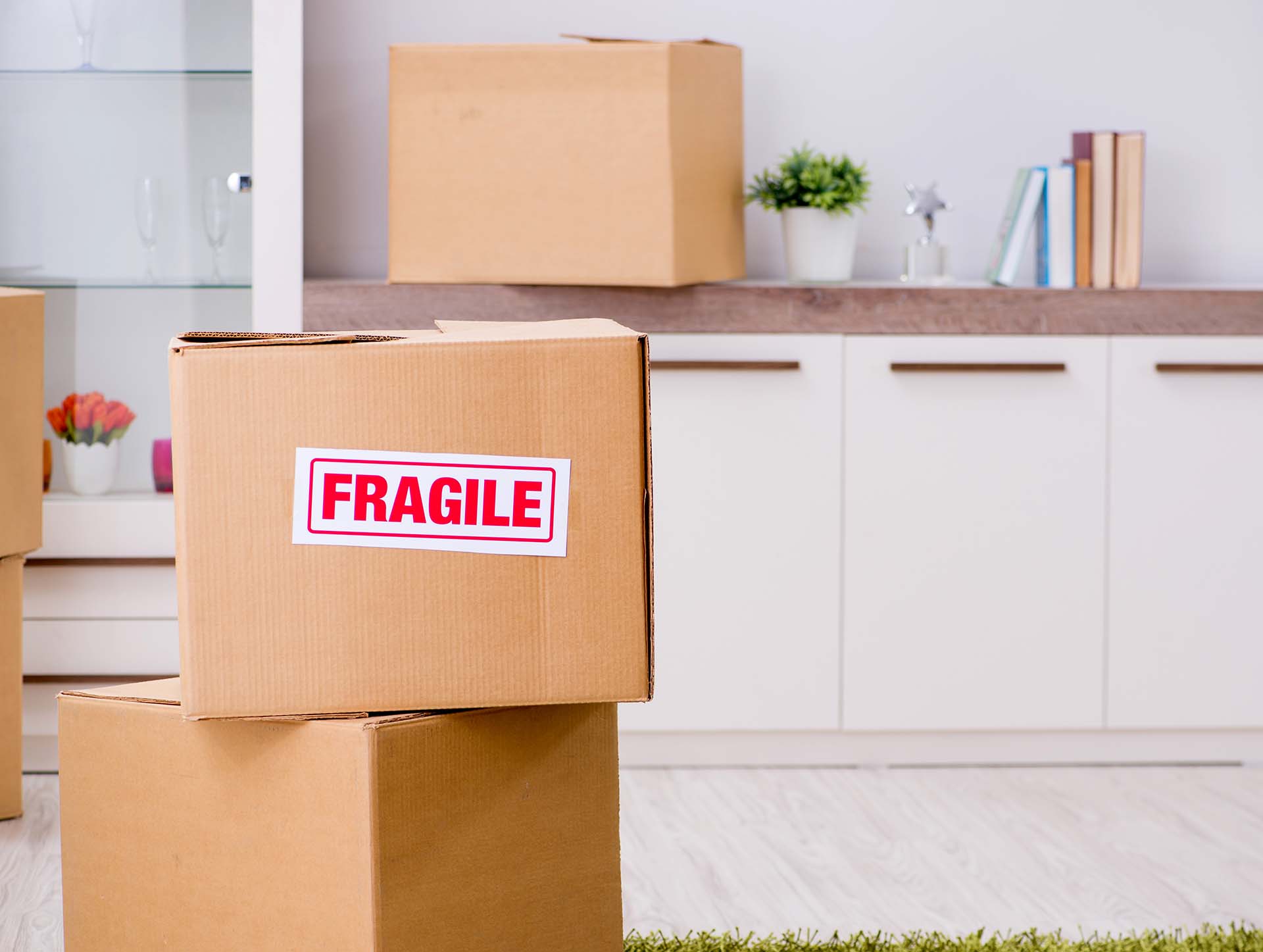
Consider Professional Packing Services for Added Peace of Mind
While boxing up on your own can be done with the right techniques, getting professional packing services can relieve you of the unnecessary relocation stress. When it comes to delicate or high-end items like designer handbags, the expertise of professional packers can be invaluable. When you get international moving services and entrust your designer purses to expert packers, you can rest assured that they will take every precaution to keep your items in pristine condition.
These professionals, such as Shepherd International Movers, are trained to handle delicate belongings, including handbags, reducing the risk of damage. They also understand the complexities of international moves, such as handling long transits over varying climates and conditions.
Hiring movers will save you time and effort when relocating to another city abroad. When you’re balancing a major move to a new country, you already have enough on your plate. By outsourcing the packing process to an international moving company, you can focus on other aspects of the relocation, such as adjusting to a new country.
Safeguard Your Purses With Shepherd International Movers
While packing your purses for an overseas move can be done with care, hiring professional movers adds an extra layer of protection and convenience. All you need to do is find a reputable company experienced in international relocations. That being said, note that Shepherd International Movers knows all the best practices for packing and transporting delicate items across the country’s borders.
We have the materials and knowledge necessary to make the entire process smoother and less stressful for you. Instead of worrying about boxing up, let us do the heavy lifting. Ensure your belongings travel safely across borders – contact us today for a hassle-free international move.

